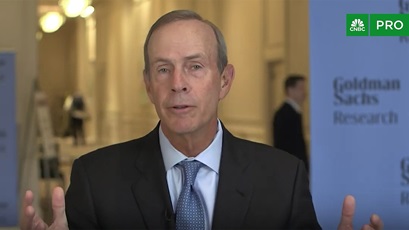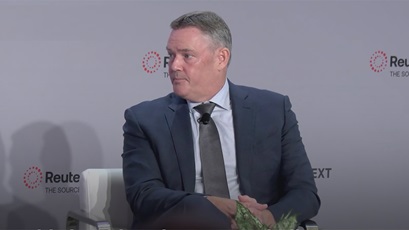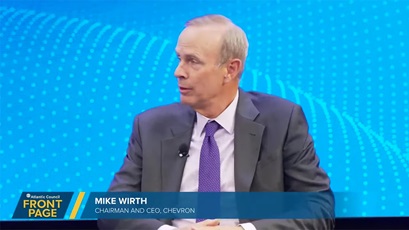emissions solutions
satellite-monitoring campaign highlights power of collaboration
2 min read | november 11, 2024
Chevron is a member of the Oil and Gas Climate Initiative.
Blair Blackwell has seen firsthand how oil and gas companies can collaborate to work toward a lower carbon future.
A recent Oil and Gas Climate Initiative (OGCI) report showed that this kind of teamwork can help mitigate methane emissions when paired with the right technology.
The OGCI report detailed a 2022–2023 OGCI satellite-monitoring campaign and how data gained from it helped operators identify and address emission sources.
“It shows how we can use better data and advanced technologies to support methane mitigation efforts,” said Blackwell, a Chevron lower carbon advisor.
blair blackwell
lower carbon advisor
satellite vision
OGCI consists of 12 of the world’s largest oil and gas companies, including Chevron. Its satellite campaign collects data and shares it with local operators.
Operators can then lean into OGCI’s knowledge base for guidance on how to best reduce or eliminate identified emissions.
“It’s not just about detecting or reporting,” Blackwell said. “It’s about working with operators to see what can be done to keep methane in the pipe.”
more on that
The campaign monitored 18 preselected sites in Egypt, Algeria and Kazakhstan.
The report detailed several success stories, including how it helped two operators mitigate three methane leaks in these regions.
why it matters
When emitted directly into the atmosphere, methane accounts for 12% of human-made U.S. greenhouse gas emissions, according to the EPA in 2022. Worldwide, it accounts for 50% to 65%, according to the EPA. Preventing and reducing these emissions are important for a lower carbon future.
Chevron believes that adopting best practices such as flaring reduction can help in these efforts.
From 2016 to 2023, the company has reduced its methane intensity by more than 60%.
view from above
Chevron has a thing or two to share about satellite detection best practices.
After all, it previously used satellites to monitor operations in Kazakhstan, to determine whether Chevron could detect methane emissions from the non-operated Tengizchevroil (TCO) joint venture facilities. The attempts were successful. As a result, these satellites became tools in Chevron’s emerging methane management toolbox.
blair blackwell
lower carbon advisor
topics covered
related content
-

 chevron CEO discusses the future of energy
chevron CEO discusses the future of energyemissions solutionsjanuary 20, 2025
-

 novel ideas, established companies key to advancing lower carbon tech
novel ideas, established companies key to advancing lower carbon techemissions solutionsjanuary 14, 2025
-

 chevron CEO talks growing production, efficient spending
chevron CEO talks growing production, efficient spendingemissions solutionsdecember 18, 2024
-

 reducing methane emissions is personal for colorado man
reducing methane emissions is personal for colorado manpeople and communitydecember 16, 2024
chevron email updates
Subscribe to our newsletter to receive news and updates.



